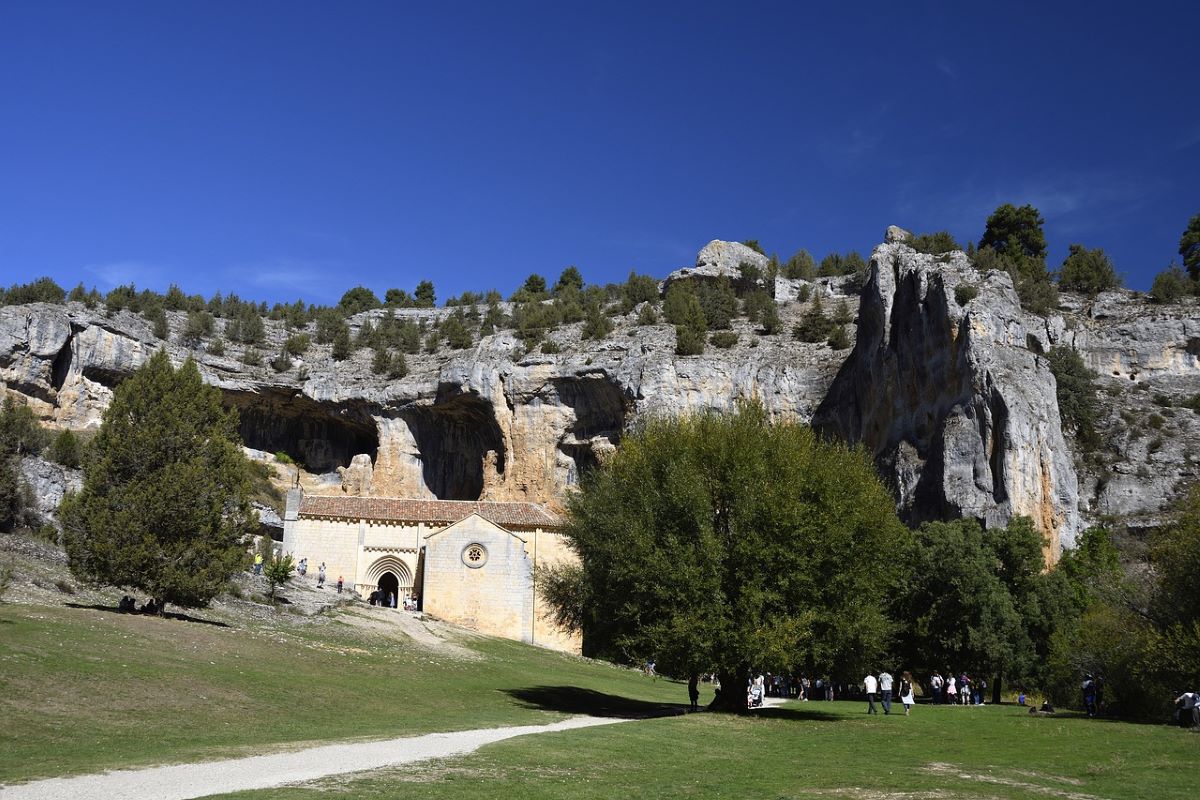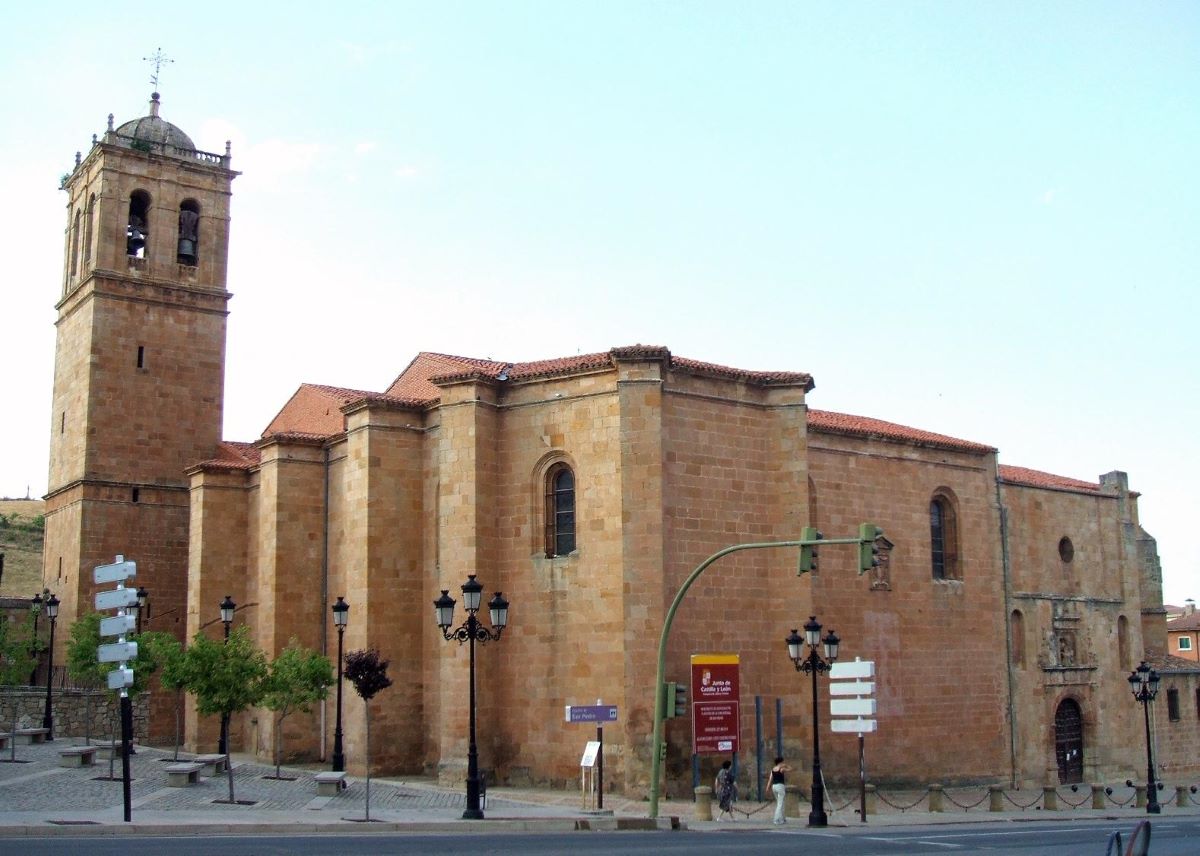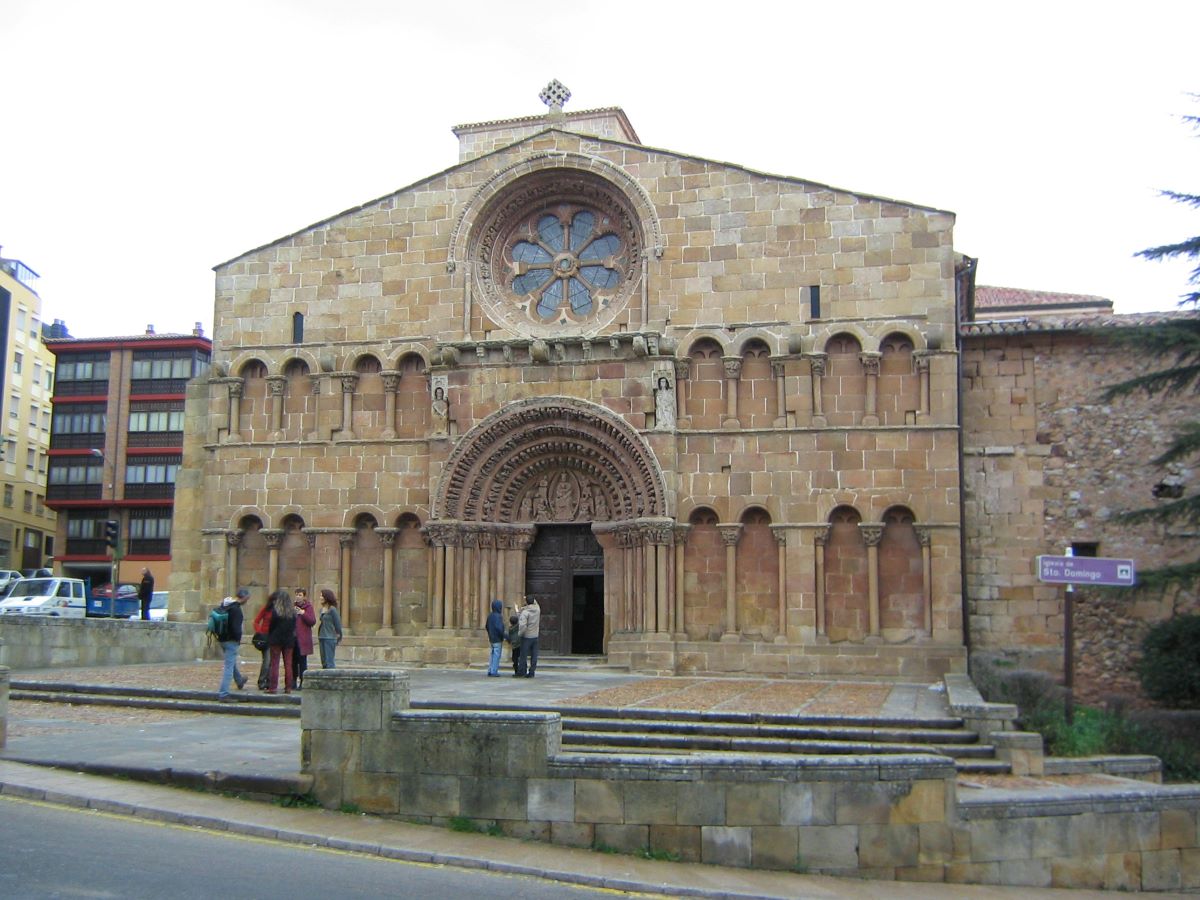
Image | Pixabay
Located in Castilla y León, we could define Soria as a small capital that preserves much of its historical and medieval charm. Poets such as Gustavo Adolfo Bécquer, Gerardo Diego or Antonio Machado expressed their admiration for this city in verses.
As its tourist motto says "Soria, you can't even imagine it" so we take a tour of it so that you can write down on your route the places that you cannot miss during your visit.
San Juan Duero Monastery
On the way to Monte de las Ánimas, the place where the legend of Gustavo Adolfo Bécquer runs, we find the Monastery of San Juan de Duero that was built between the XNUMXth-XNUMXth centuries. In a quiet and quiet place located on the left bank of the Douro River and near the eastern entrance that gives access to the city through a medieval bridge.
This old monastery still preserves from its original building the body of the church, simple with a single nave and a semicircular apse, and the arcades of the cloister. Precisely, the most striking thing is the impressive cloister that preserves the four bays, with a surprising collection of styles in its execution. It also has the typical Romanesque semicircular arches.
Hermitage of San Saturio

Image | Pixabay
Tradition says that the Soriano nobleman Saturio, in the 30th century, after his parents died, distributed their wealth among the poor and went to live in caves next to the Duero where he would live for XNUMX years as a hermit. Several miracles are attributed to San Saturio and such is the devotion to the saint that the Sorians decided to build a hermitage in his honor.
The hermitage is built on an old Visigothic cave. The interior paintings speak of the life of the saint and patron of Soria and his remains are buried in its main altar, which were found in the last quarter of the XNUMXth century.
The hermitage of San Saturia has different rooms such as the exhibition room, the room of the Santero's house, the room of the Cabildo de los Heros, the room of the Town Hall and the Canons or the Chapel of San Miguel.
Although the hermitage of San Saturio is accessible by car, it is worth walking to the place to enjoy the landscapes of the Duero.
Co-Cathedral of San Pedro

Image | Wikipedia
Although the usual thing is that the Cathedral is located in the capital of the province, Soria is one of those rare cases since the cathedral headquarters is in El Burgo de Osma. But that does not mean that there is not a cathedral in Soria since there is the San Pedro de Soria Cathedral, which shares with the metropolitan cathedral the dignity of being temples ruled by a bishop and his team.
The Cathedral of San Pedro is an authentic jewel of Castilian Romanesque architecture. In 1520, the church collapsed and after a meeting in which Bishop Pedro Acosta, the local nobility and the council participated, it was decided to build the new Collegiate Church, it would be built on the previous one, so there are not many vestiges of the original except in sources written.
Some were integrated into the new temple and can currently be seen, such as three windows belonging to the Romanesque construction inside the transept. In addition to some bays and parts of the cloister, the old main façade serves as access to the chapter house, where the splendid Romanesque façade is kept.
The works of the new temple were finished around 1575 with the construction of the bell tower. In March 1959, after years of petitions, Pope John XXIII granted the title of Co-Cathedral to the collegiate church of San Pedro by Bula Quandoquidem Animorum, sharing from that moment the cathedral seat with the Burgo de Osma.
Church of Santo Domingo

Image | Wikimedia
It is difficult to prove the origin of the church of Santo Domingo but historically it is said that at the beginning of the XNUMXth century a Romanesque church was built in this place, of which only the current tower is preserved, in honor of Santo Tomé.
At the end of that century the temple was deeply remodeled to be expanded and in 1556 a Dominican convent was founded next to this building. Given the lack of budget to build its own chapel, it was agreed to use the parish of Santo Tomé and, over time, it was renamed Santo Domingo. It was declared an Asset of Cultural Interest in 2000.